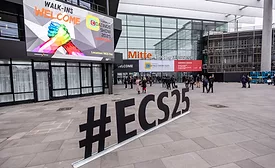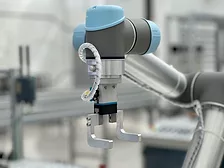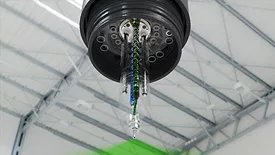Paint and Coating Equipment
Demand for Lagoon Projects Surges
Vital Role of Aliphatic Polyurea-Based Protective Linings
Read More
Keep the info flowing with our eNewsletters!
Get the latest industry updates tailored your way.
JOIN TODAY!Copyright ©2025. All Rights Reserved BNP Media.
Design, CMS, Hosting & Web Development :: ePublishing











